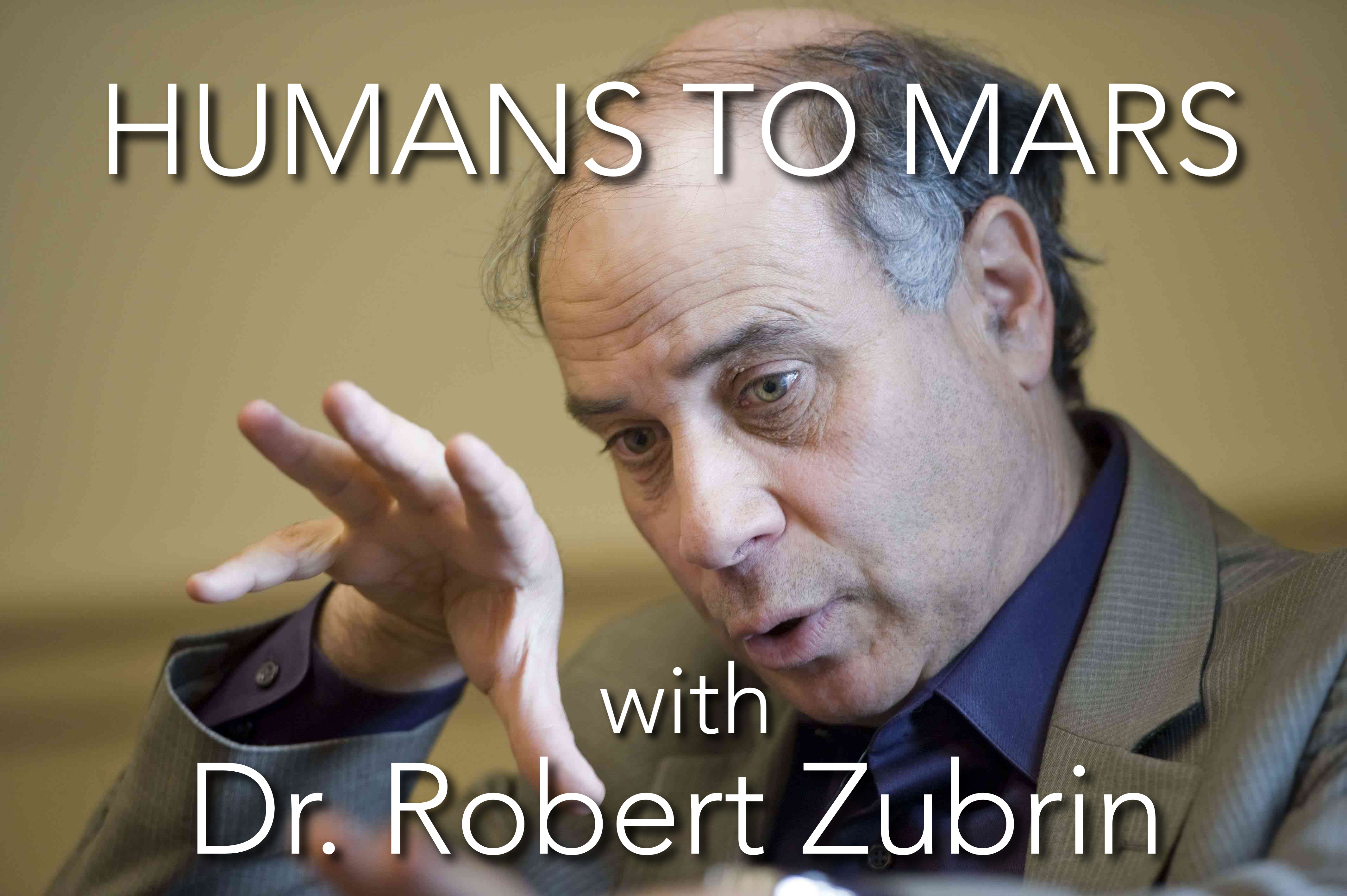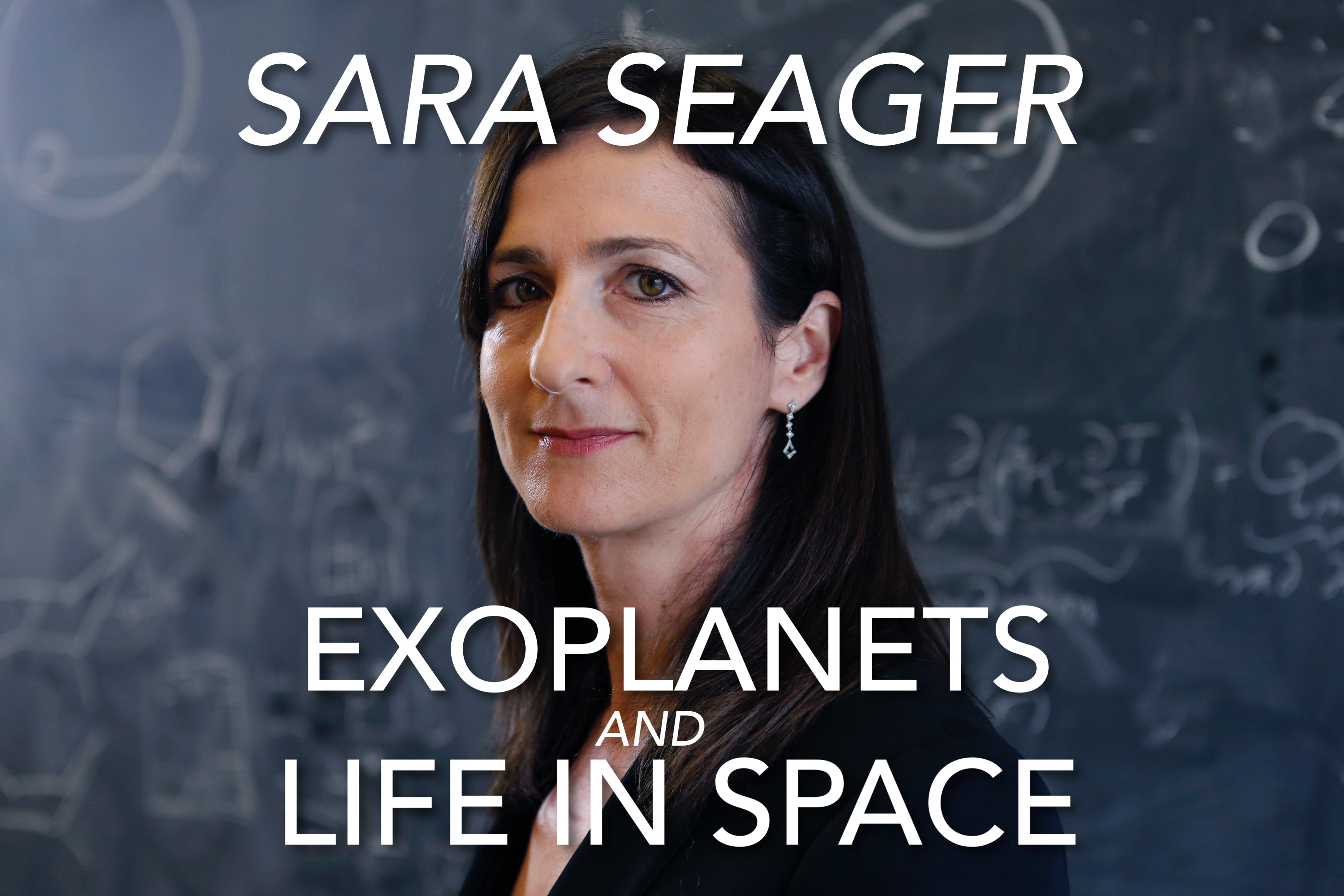Vill du läsa den här artikeln på svenska? Klicka här!
About Christer Fuglesang
It was in December of 2006 Christer Fuglesang became the first Swede to do the 8 minute long journey to space. With 44 million horsepower the space shuttle Discovery reached a speed of 28 000 km/h. Everything with Fuglesang’s space adventure is described in his book 13 Days in Space after 14 Years on Earth. He has a background as a particle physicist at CERN and today he is a professor in Space travel at the Royal Institute of Technology (KTH) in Stockholm as well as the director of KTH Space Center. He also writes children’s books with the aim to spark an interest in natural sciences.
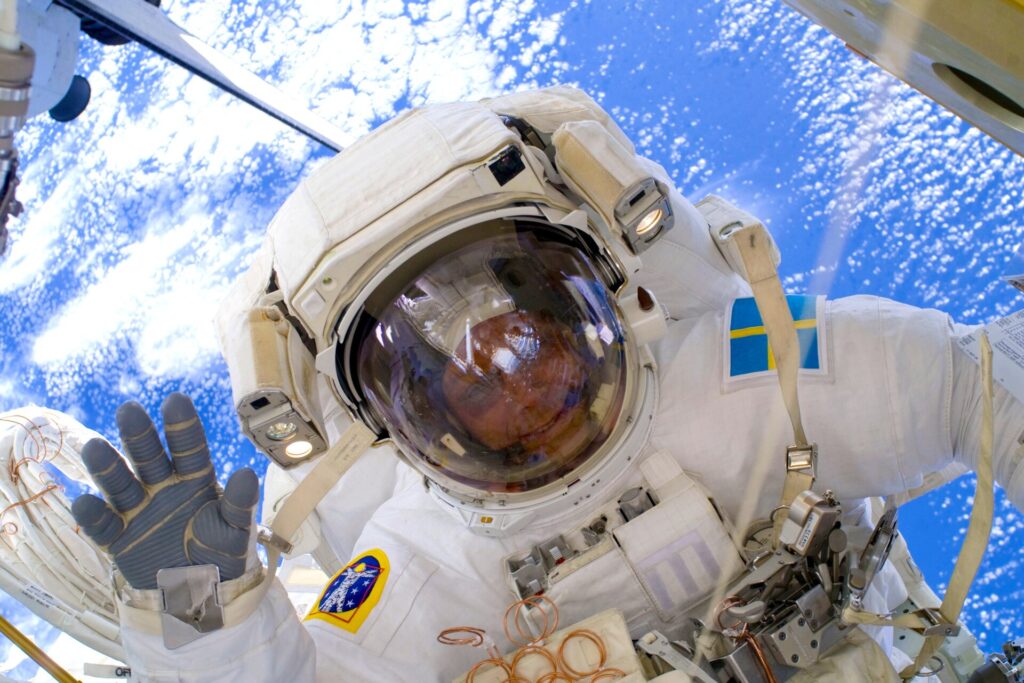
What do you spend your time on these days?
– Most of the time I’m at KTH, working as a professor in Space travel, but I also work for Saab as a Space advisor. It’s fun to get a mix of academia and the corporate world. At KTH I do a little bit of research, a little bit of teaching and a lot of administration. I’m also director of KTH Space Center where I try to coordinate and improve the space operations we have. One example is that we are building a space simulator. It’s a piece of infrastructure that will test hardware before it is sent out in space. When it comes to teaching, it is mainly one course I’m responsible for which is called Human Spaceflight. I’m also involved in an exiting research project in which we study particles from space with extremely high energy.
When you traveled to space you brought a couple of dosimeters to measure radiation. It sounds like your focus continuously lies on particles?
– Yes, it has to do with my background as particle physicist and the research I did at CERN. When I became an astronaut I wanted to keep doing my research so it became natural to focus on particles and radiation. The particles is a problem to humans in space and that is why I wanted to investigate how they affect us and the radiation quantity at the space station. The research project I’m involved in now is a big, international project with 250 scientists from 15 countries. The idea is to place a detector at the international space station. We have a small test detector in place now that was transported last year, but the big detector costs millions of euros to build.
“‘Why haven’t we been back to the Moon?’ Who are we, I wonder?”
There are people who see it as madness to http://orthowestonline.com/generic-cialis/ spend those amounts of money on space activities when sectors like healthcare and education are constantly in need of more funds. What are your thoughts on this?
– Well, with the same argument you can say that we should end all sports, culture and many other things. Most of the space operations we do results in real benefits here on earth. If we would shut down our satellites today it would cause immense problems – we use them all the time, for example to find where we are going, what the weather will be tomorrow and to communicate with people all around the world in no time. We’ve also got most of the information about the climate issues from space.
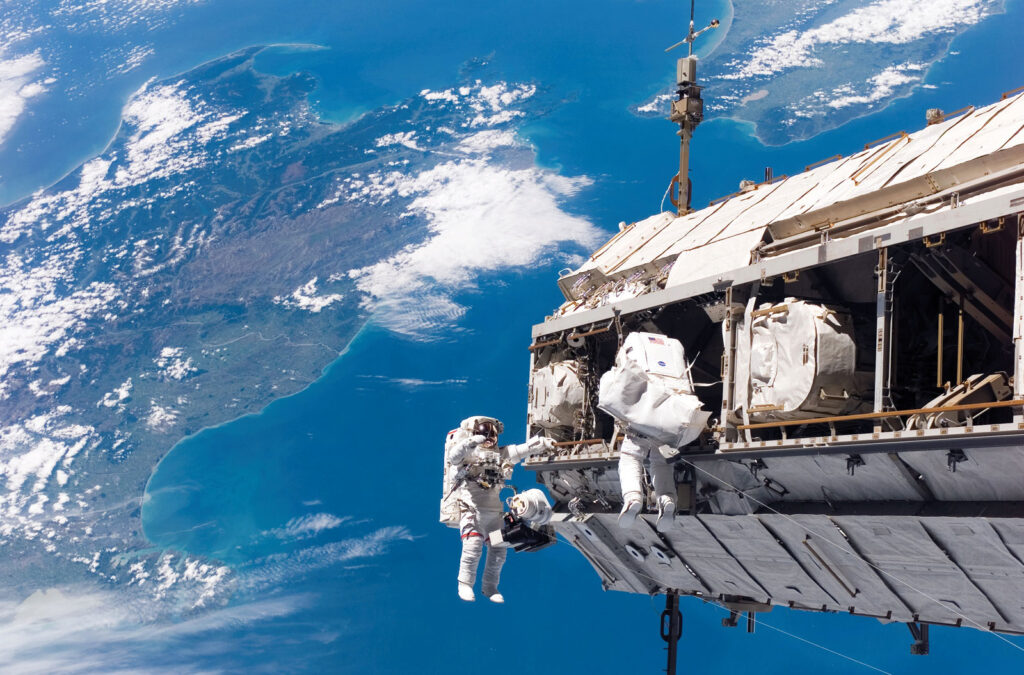
– The hardest part to argue in favor of is to send people to the Moon or to Mars. But it’s important to know that in Sweden’s space budget less https://nextlevelfitness.com/bactrim-over-the-counter/ than 1% goes to such activities. It’s a much bigger number in the US, but still not most of the money. A common question I get in Sweden and Europe is “Why haven’t we been back to the Moon?” Who are we, I wonder? Have any Swedes or Europeans been to the Moon? No, it was a completely national project by the USA to show that they were greater than the Soviet Union, but it is obviously something that all of humanity feels proud of and takes credit for.
“I see it as essential for the human species that we make it possible to live in other places than Earth.”
– The will to travel to other places in space is also driving technical development and innovation. Look at Elon Musk who built an incredible rocket company that is now cutting the costs for sending things to space. He is driven by a goal – that we should be able to go Mars. Looking ahead, when we are able to go to space more frequently, to Mars for example, an interplanetary economy will develop. I see it as essential for the human species that we make it possible to live in other places than Earth. We have to move forward!
You have said that one of the most common questions you get is whether or not you were scared when travelling to space. There are countless things that can go wrong and many of them could surely result in fatal consequences. How do you handle that?
– It’s true that there are many things that can go wrong and many things do go wrong. But in spite of that, not many people have died in space. Most cases where astronauts have died were actually on the ground or close to it. The greatest risks are associated with take off and landing. The space shuttle I traveled with was not very safe. According to statistics and to NASA’s best estimation there was a risk of 1 in 70 that it would go haywire. That might be a bigger risk than you would normally accept, but it’s still not the case that you are afraid when sitting there. What’s important is to spend a lot of time on preparations, thinking about what can go wrong and finding ways to handle it. We spend a great deal of time on training, going through all possible scenarios, plus that there are many back up systems that are activated if something would fail. All of that contributes to a feeling of self confidence.
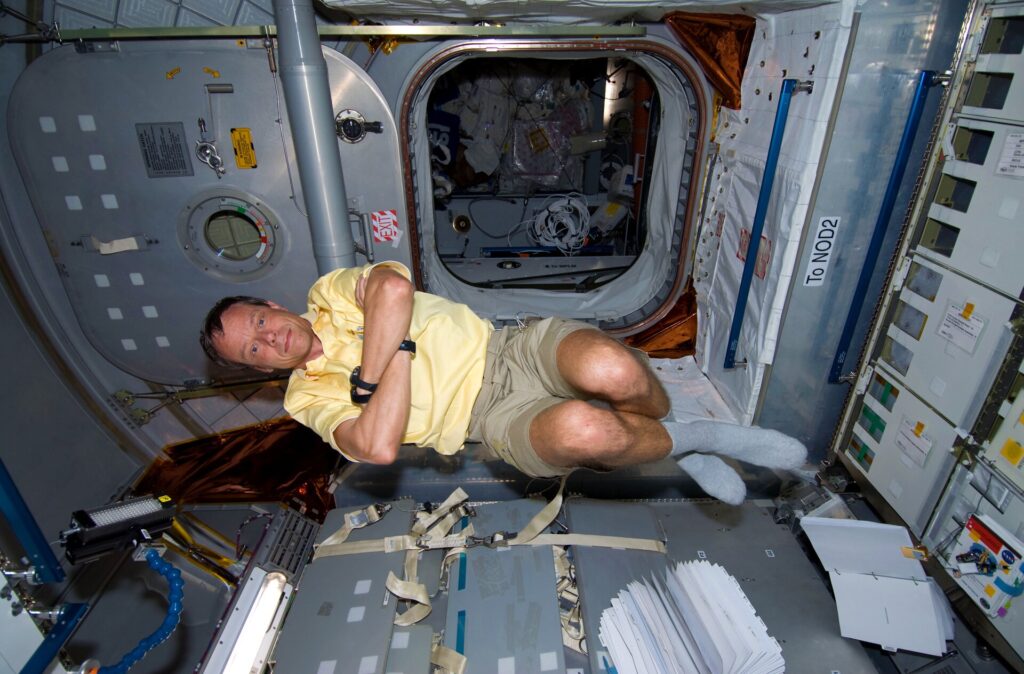
What do you need, both in terms of characteristics and education, to be a good astronaut?
– You have to be calm, social and being able to cooperate. You have to be able to learn a lot in a short amount of time, both intellectually but also practical things. But I would say that you are not really selected for being the best in something, but rather you get excluded for being bad at something. In other words, being all-round is key.
– When it comes to education, I would say something within natural sciences and technology, and in that I also include medicine. There are pilots who become astronauts, but they have most often also an engineering background. Engineering is a suitable background, preferably a challenging education, e.g. Engineering Physics. Looking ahead, it will not only be the national space organisations, like NASA and ESA, who employ astronauts, but also private companies. Looking even further ahead into the future, it’s possible that people will be employed as e.g. hotel manager at a space station, to take care of space tourists, and that will of course require other characteristics and competences.
“I didn’t earn more than others within ESA, but about the same as a middle manager.”
How much do you earn as an astronaut?
– I earned in the magnitude of 10 000 EUR per month. It was tax free since I was employed by an international organisation. But it’s important to have in mind that with this profession, my wife couln’t really work, so my salary was also a compensation for that. I didn’t earn more than others within ESA, but about the same as a middle manager.
You have described that you saw light flashes when you were in space, which is a phenomenon you knew about already before. Can you explain what they are?
– It has to do with particles. I heard about it early in my astronaut training and since I had knowledge in particle physics I understood that it was particles from space that in some way interact with the eyes, or maybe the brain. I thought that it would be something interesting to study more in detail, so I ran a small experiment which included correlating particles that went through a detector and then into the eye, to then note when astronauts saw light flashes. Unfortunately you don’t see that many – only one flash every seventh or eighth minute or so, which makes it difficult to collect enough data, but we got some at least.
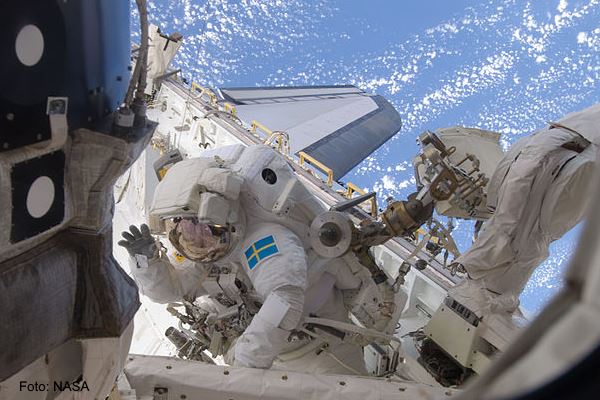
– The light flashes are probably caused by an atom nucleus, i.e. a particle from space, interacts with the same molecule that light interacts with in the retina. The molecule in the retina reacts in the same way as when interacting with a photon and thus it sends along a light signal. That is probably the direct cause, but there are also some indirect effects. A proton somewhere in the eye collides with an atom nucleus, which then interacts with the molecule that sends the light signal. There is likely also a small part that has to do with Cherenkov light. If a charged particle passes through a medium at a speed greater than the speed of light, you get a kind of wave effect with photons, which is called Cherenkov light.
You write children’s books. What are your best suggestions to parents who want to spark an interest for natural sciences and space in their children?
– Tell them about the reality, preferably in exciting circumstances. My books contain exciting and fun stories and in them I do my best to explain things in an easy way so that kids can understand. My basic philosophy is that understanding something is more or less the same as accepting it. Everybody knows that the apple falls to the ground, you have accepted that and because of that you feel that you understand it. You can then get into a deeper understanding regarding that Earth and the apple have mass which creates a pull between them. But why are they pulling each other? You can always go to a deeper level and eventually we are forced to say that’s just how it is. I think it’s good for children to hear the more odd facts at an early age, such as the theory of relativity – that time passes slower the faster you go, or quantum mechanics – that things can go two ways at the same time. If they hear about it early, they won’t think it’s as weird when they come in contact with it later in life.
What book would you like to recommend?
– Sapiens by Yuval Noah Harari.
If you liked this article, you should probably also check these out:
